What is Landscaping? A Complete Guide for Beginners
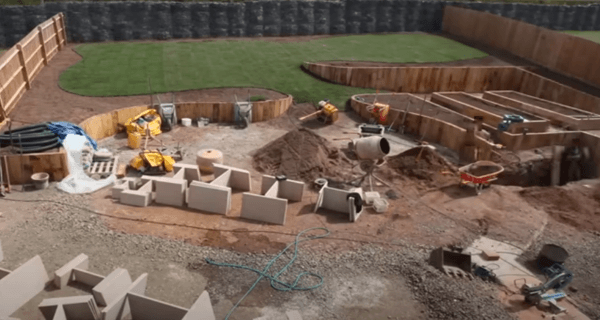
People change outdoor areas through landscaping to achieve better environmental effects. It along with attractive designs also fulfill the operational usefulness. This practice transforms residential spaces along with urban areas into beautiful ones.
Yet, landscaping can also provide sustainable outdoor spaces. Arts and sciences combine during landscaping designs of public or private places. The spaces transform into vibrant functional areas to achieve harmonious outdoor spaces. Softscaping, hardscaping and eco-landscaping combine to produce the masterpieces.
Contents
The True Meaning of Landscaping

Historical Context
Human nature craves an aesthetic, calm and vibrant environment. So, people have practised landscaping since ancient civilizations. For example, Mesopotamians constructed the Hanging Gardens of Babylon. Chinese imperial gardens created beautiful and peaceful spaces. Romans designed courtyards featuring gardens that served for leisure and social meetings. Over time, landscaping has transformed into an organized discipline through historical developments. It connects contemporary designs with sustainable environmental practices.
Modern Definition
Today, landscaping is a combination of artificial structures and natural components. It also encompasses their organized design and maintenance of outdoor spaces. The modern landscaping involves:
1.Softscaping
Softscaping stands out as using living components in landscape design. Such components may be trees, flowers, and lawns for abundant green surroundings.
2.Hardscaping
Hardscaping means the use of non-living components in landscape design. It includes patios, pathways, and retaining walls. These components provide structure and practical function to the landscape.
3.Waterscaping
Adding water elements brings attractive looks to building serene areas. The water bodies such as ponds and waterfalls are part of this category.
4.Xeriscaping
Xeriscaping represents water-conserving and arid climate applications. It is more of a sustainable landscaping while lowering water use.
Types of Landscaping
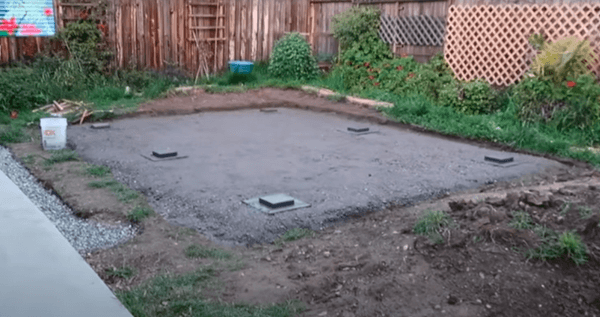
While talking about landscaping, it is diverse. We can have landscape design anywhere for any specific goal. Let’s discuss some of its core types according to use and purposes.
1.Residential Landscaping
Enhancing home gardens, backyards, outdoor seating areas etc. lies in residential landscaping. Often, flower beds, decorative trees, lawns and patios are the choices for this type.
2.Commercial Landscaping
Implementing design to open spaces of offices, parks, and hotels is commercial landscaping. It often incorporates to improve curb appeal.
3.Sustainable Landscaping
Design incorporating eco practices is sustainable landscaping. You can use it to achieve a reduction in environmental impact. Often, rain gardens, native plants and energy-efficiency lights are its elements.
4.Tropical Landscaping
Tropical landscaping uses exotic plants and palm trees. Lush greenery suitable for warm climates is also an element of tropical landscaping. It sometimes includes water features too.
5.Desert Landscaping
This type of landscape relies on drought-resistant plants i.e., cacti and succulents. These plants with gravel and stones create appealing visuals. Moreover, it is a low-maintenance landscaping.
6.Prairie Landscaping
The landscape simulates natural grassland ecosystems. It uses native grasses and wildflowers to support local pollinators and wildlife.
Advantages of Landscaping
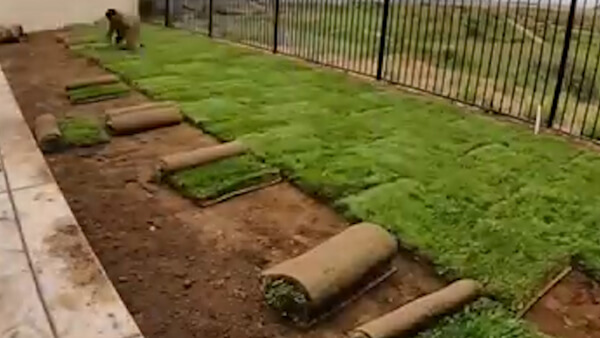
Landscaping not only provides aesthetics but also provides many other benefits. In this section, we have discussed all the advantages from different aspects.
Aesthetic Benefits
Here are some core aesthetic benefits of landscape designing. For example:
- Adequate landscaping improves appearance.
- It is beneficial to make residential buildings more appealing to potential buyers.
- Outdoor spaces with improvement strategies are equally relaxing to fulfil the requirements.
Environmental Benefits
In the perspective of environmental benefits, here are the following points:
- Using greenery and plants in outdoor spaces leads to improved air quality.
- Pollution filtration improves the amount of oxygen in the environment.
- The landscape can act as a wildlife habitat. The ability of bird accommodation together with useful insects, landscape can support biodiversity.
- Trees and plants provide both shade and heat reduction. So, through planned vegetation placements, urban temperature decreases.
Financial Benefits
Along with other benefits, we have many financial advantages as below:
- Property value increases thus increasing the market appeal of residential and commercial properties.
- The strategic deployment of trees and shading allows natural air to cool and save energy.
- The presentable landscape leads to an increased return on investment. Hence, commercial properties gain more customers.
Health & Psychological Benefits
Landscaping provides us with psychological health due to its green and planned designs. Moreover, we have the following benefits for our physical and mental health.
- A relaxing landscape boosts health and psychological fitness. Moreover, here are the core health benefits.
- Outdoor time can bring down blood pressure and help to be mentally healthy.
- The social gathering areas with rest and exercise facilities foster social activities.
- Research evidence demonstrates exposure to green areas decreases blood pressure. Further, it minimizes symptoms of anxiety and depression.
Landscaping Design Principles
Design techniques employing equilibrium and symmetry components work to establish picture stability. To fulfil the purpose of landscaping, the following are some key principles.
- We can achieve stability by developing equal or non-cubic structures. These structures generate a harmonious effect.
- Always consider space proportions and balance with dimensions. It is necessary to keep elements proper in size. However, we need it while stopping short of excess or missing potential areas.
- All elements unify through transitions. It creates smooth cooperation between softscaping and hardscaping components.
- The functional design element involves creating areas e.g., seating, walkways, and play areas. It enhances the use and accessibility of the space.
DIY Landscaping vs. Hiring Professionals
After a deep understanding, we will move forward to the next pondering point. Are DIY and professional landscaping the same or not? So, let’s discuss this aspect in a little bit of detail.
DIY Landscaping
While operating with a limited budget, it is the best option. In this, consumers involve themselves in person for their home landscaping work. But, people need to learn about techniques encompassed by landscaping. These may be soil qualities, plant variety, colours, and landscaping principles. Along with this knowledge, they will be able to perform landscaping design on their own. People preferring DIY landscaping will need to buy manual tools. They would also need lawn mower devices and hand instruments. Yet, irrigation capabilities and mulch-making hardware are also necessary to start work.
Professional Landscaping Services
Talking about professional landscaping services refers to large projects. It requires
the expert designer for the execution and tolerating expert help too. As landscape requires landscape designers and architects, both are equally important. A landscape designer plans aesthetics whereas, an architect leads structural and technical implementation. In this regard, the cost of landscaping services hinges on the project’s complexity. It also depends upon the size of the project. The cost ranges from $3000 for small to $30,000 for complex designs.
Key Landscaping Trends
Let’s grab some insights into the current trends in landscaping. As landscaping is a collaboration of art and science, it evolves around trends. For example:
- Smart Landscaping
Smart landscaping is a new phenomenon, that introduces some automation in landscape design. Such designs include automated irrigation systems, AI-based lawn care and smart lighting solutions.
- Traditional Landscaping
Traditional landscapes enjoy edible landscaping. It refers to the combination of vegetable and fruit gardens with herb planters in the design.
- Climate-Resilient Landscaping
Climate-resilient landscaping is another technological advance design. It involves designing with native plants that sustain drought conditions. It also includes hardy drought-tolerant species.
- Sustainable Landscaping
Using sustainable landscaping often leads to the use of water-saving methods. We can use it together with reclaimed materials and permeable installation. It creates landscapes that are environment-efficient.
Common Landscaping Mistakes & How to Avoid Them
Landscaping is a human skill and it often confers mistakes. But, the mistakes are amendable. Some of the common landscape design mistakes are here below:
- Plant placement leads to some problems, such as overgrown plants and low space. In the same way, overgrown plants battle one another for light sources and nutrients. That is why, proper maintenance and adequate space use are necessary. Proper soil testing is essential to identify the suitable nutrients before planting. It will prevent their nutrient deficiencies.
- Improper implementation of drainage will lead to soil erosion and plant root rot. It also causes water pooling. To avoid this issue, French drains and dry wells are suitable options.
- The use of non-native plants is a problem because it will result in poor performance. The other plants will need better maintenance. The native plant species will perform better. These plants would support local ecological systems.
Step-by-Step Guide to Starting Your Landscaping Project
Starting a landscaping project requires proper knowledge and motivation for designing. In this section, we will explain the steps to start your own landscaping project.
- Planning and Designing
For any landscaping project, planning is the first step. Here you sketch blueprints, incorporating balance, unity and proportion for your landscape. For this purpose, property layout with preference will determine the design type. It may be a formal, informal or natural landscape design. After designing, determine a financial plan for raw material and plant expenses. The financial plan should also include the labour cost and other expenses.
- Plant and Material Selection
After complete planning, the selection of material is an essential step. Here you would need to select the materials and plants which justify your design and budget. Try to choose the plants with minimal care requirements. The material should have climate tolerance and be suitable for soil compositions. Build pathways and patios with hardscaping materials such as bricks, stones and wood. These materials provide the most durable holding capacity.
- Execution and Installation
The material selection remains unfulfilled until you execute it and place it in a proper way. Executing the landscaping would need step-by-step guidance. It includes how and where to put in plants and lights. Moreover, it will be responsible for constructing pergolas and decks where required. Your project needs a proper assessment either to choose DIY or professional skills.
- Maintenance and Upkeeping
Landscaping is not a one-time job, but it requires regular maintenance and upkeeping. A schedule of seasonal activities should guide you to water prune plants. Yet, pest protection while pruning is also an insightful fact. You should maintain your soil moisture through a regular lawn mowing schedule. Alike, weed removal along with mulching application should be a regular practice.
Frequent Asked Questions (FAQs)
How much does landscaping cost?
Landscaping costs are variable and depend upon the complexity of the project. Three main variables: hardscaping, plant type selection and irrigation system decide the cost. But, the professionals can bill $1500 for basic DIY to $5000 for high-end designing.
How often should I maintain my landscape?
The frequency of landscape maintenance depends on what type of tasks need attention. The seasonal requirements for maintenance include monthly lawn care and seasonal pruning. It also includes periodic maintenance checks throughout each season. The inspection of irrigation systems should take place during each quarter.
What are the best plants for my climate?
You should use plant hardiness zone guides. It is useful to identify appropriate vegetation in your area.
Can landscaping increase property value?
Using landscaping techniques in residential properties results in shifts in property value. It can be short-term or long-term upward shifts. The strategic placement of proper landscapes enhances up to 20% property’s initial value. Thus making investment worthwhile for residential and commercial property owners.

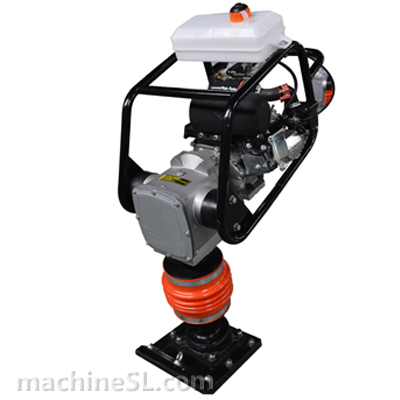



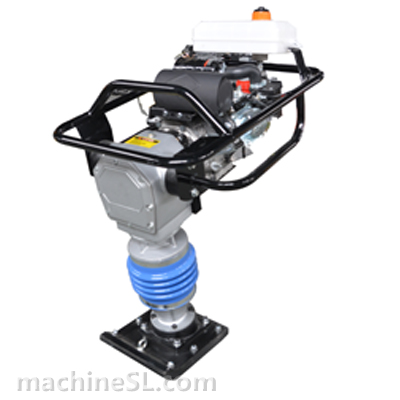
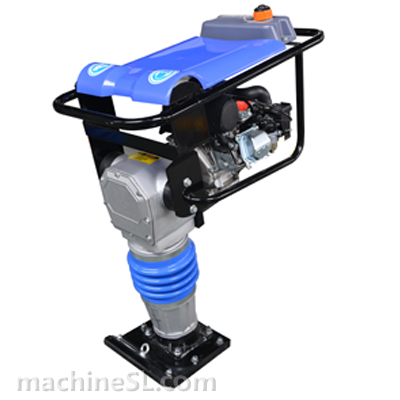
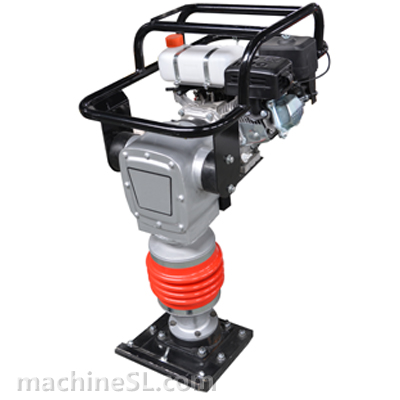
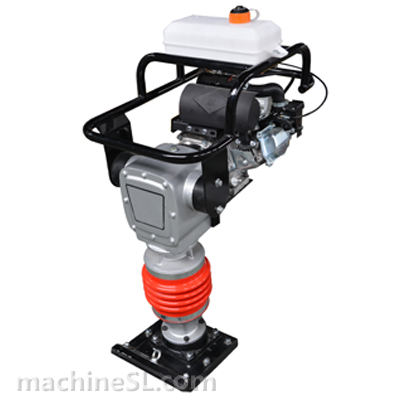
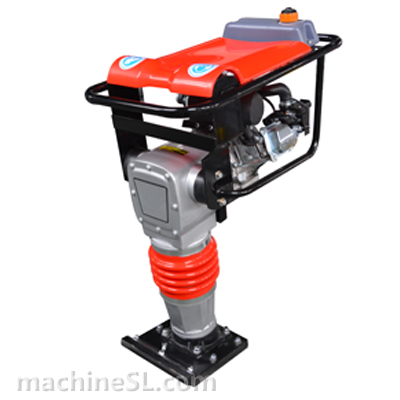
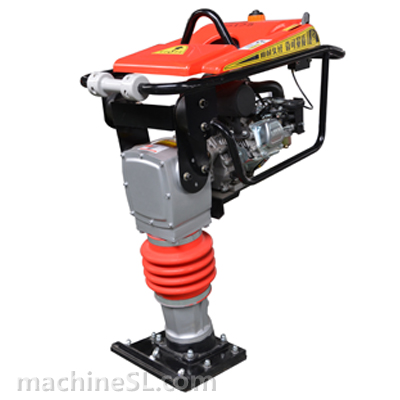
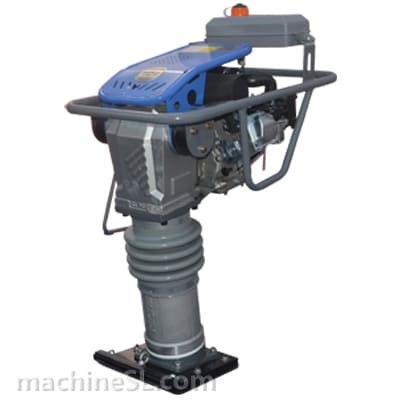

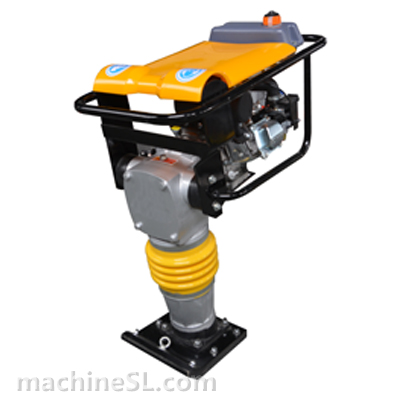

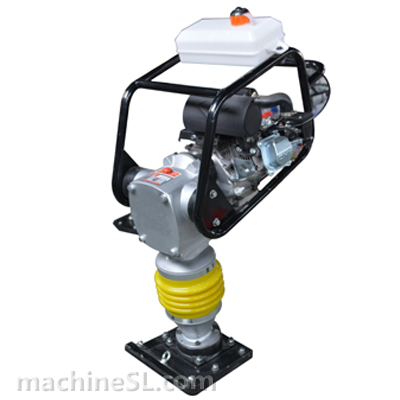



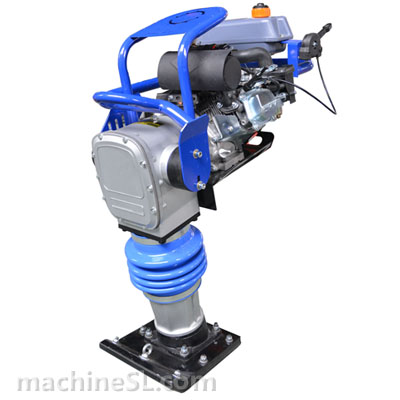
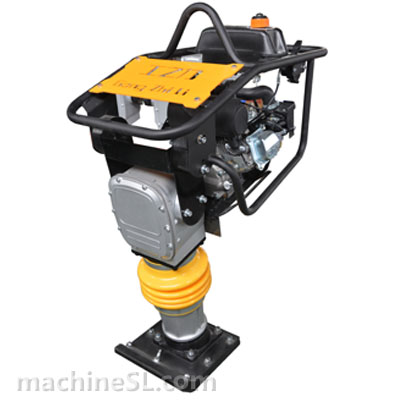




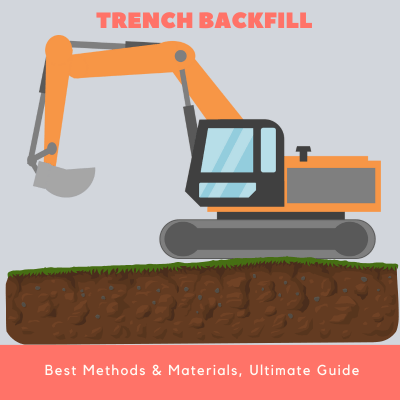
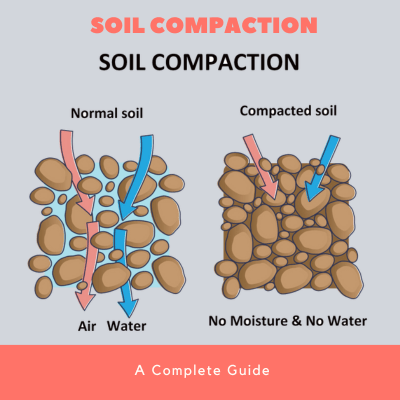
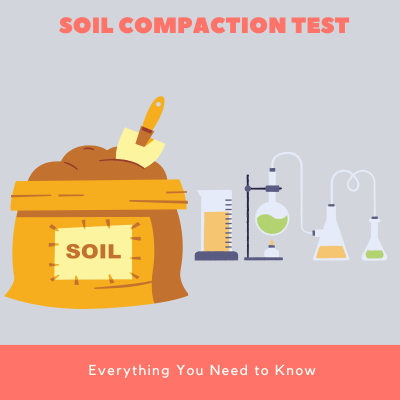
Leave A Comment